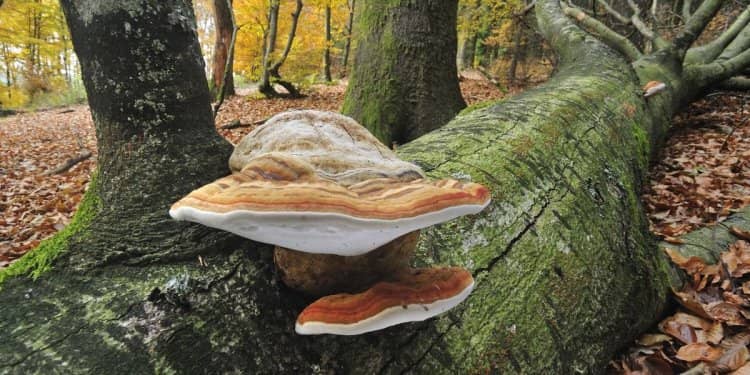I mushrooms they are incredible: yes, you understood correctly, I am talking about those small organisms that grow in the soil and that we often put on our plates. But there's more: they could soon replace plastic in many everyday objects: headphones, shoes, even parts of the aircraft structure.
Mushroom plastic
A new research by Aalto University in Finland published in the journal Science Advances (I link it to you here) shows that a “layered” mushroom called fomes fomentarius it can replace plastic and reduce the real mountains of waste we produce every day.
Why exactly this mushroom? For its extraordinary versatility. From the fomes fomentarius a wide range of materials with different properties can be obtained, from spongy softness to woody hardness.
Three layers, a thousand functions
The peculiarity lies in the internal structure: as mentioned, this mushroom has three layers, each with a different property (which can be useful in its own way), which could be useful in different ways. There is an outer crust very hard that could be used, for example, to make impact-resistant coatings for windshields. Then there is an intermediate layer soft that feels good on our skin and that could replicate the skin of animals. Finally, the third inner layer it is similar to wood.
The Finnish research team used advanced imaging techniques and mechanical strength tests to study each layer and evaluate its potential uses.

Perspectives and challenges
There is huge (and justified) interest in mushroom-based building materials, packaging and textiles. Mycelium, which is the thread-like structure of the fungus, is becoming increasingly common as a base material for producing a wide range of products, from paper to building materials.
Of course, there are still many challenges to overcome before mushrooms can completely replace plastic. For one thing: you certainly can't think of collecting them directly from the forests (destroying the ecosystem). Vertical farms need to be organized to cultivate and mass-produce them: in several cases, perhaps thanks to gene editing techniques such as CRISPR, their genome can be modified to emphasize certain properties.
With these precautions, mushroom-based products will become the standard bearers of a more sustainable mass production. When products made with mushrooms become useless, they can become food for new mycelium production, creating a closed-loop manufacturing process.
I told you they are incredible.


